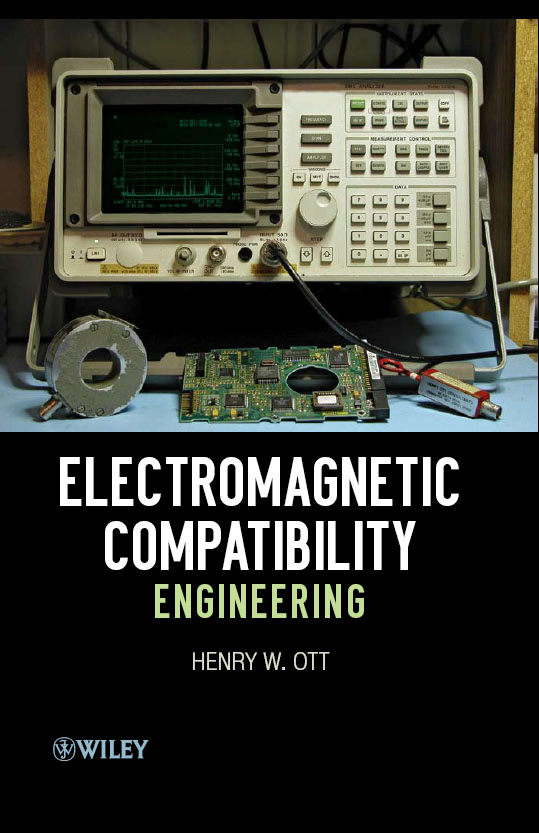Hello,
I have an application using the ADS1259 24-bit ADC. I am trying to use the ADS1259 in application where
AINP swings from 0 to 5V, while AINN is moderately fixed to a voltage signal in the system very close to 2.5V +/- dV, where dV is a small deviation around 2.5V in the order of uV to mV range, but never deviating more than say 1mV from 2.5V in either direction (+ or -).
I want to know if I use the internal reference for this part (2.5V), and tying AVDD to 5V, enabling RBIAS = 1, and EXTREF = 0, could I measure the entire swing of AINP from 0 to 5V?
I am basically substracting (5-2.5) and (0V - 2.5), so it seems I am within the boundaries of the ADC right?
Additionally, I would like to know that if I tie VREFP to a 5V rail, could I achieve the same effect? I am switching away from an expensive part that took AVDD and VREF as 5V. I would like to not use an external reference if at all possible, and take advantage of the internal reference to be able to swing AINP from 0 to 5V, and keep AINN quisi-static at around 2.5V +/-1mV.
Thank you for your response in advance.


